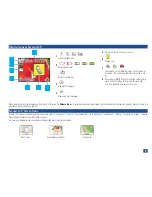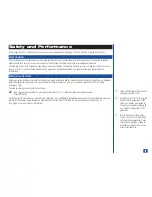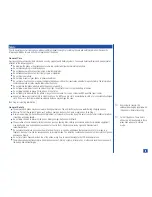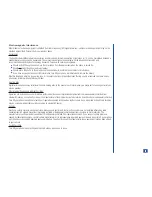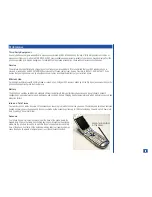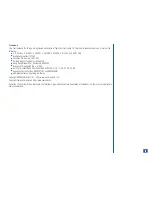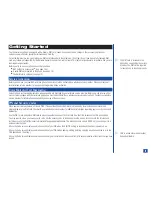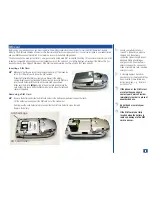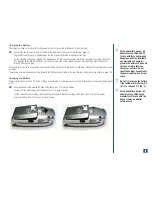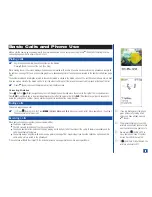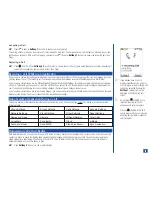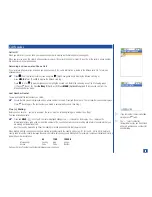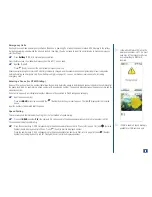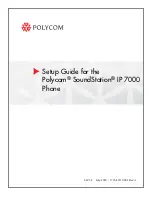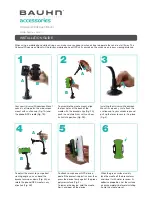
Safety and Performance
Fully charge the phone’s battery before you use your new wireless phone (see page 19 for the first time charging instructions).
User Caution
Phone settings should be adjusted to suit the likes and preferences of the individual user. Users sensitive to loud noises or sudden
alarms should take care not to use or set the phone in any manner that may result in the user being unduly alarmed.
For example, an user with heightened sensitivity to noise should adjust the wireless phone to a volume setting that is within his or her
range of comfort. If you believe the wireless phone causes you any adverse reaction, you should discontinue using the phone
immediately.
Emergency Services
Ensure your wireless phone is turned On, the battery is properly charged, and the network connection signal strength level is adequate
before attempting an emergency call. If your battery is empty (see page 19), you can not make or receive any calls, including
emergency calls.
To make an emergency call in the United States,
*
Input the emergency number for your present location (i.e., 911 or other designated emergency number).
Press
(Send).
Ask the operator for the service you require: Police, Ambulance, Fire, Coastguard or Mountain Rescue Services. Give accurate and necessary
information. If possible, remain stationary to maintain phone contact. Do not terminate the call until given permission to do so.
(See Flags for more emergency information.)
O
In the United States of America, the
emergency number is 911.
O
Emergency calls (911) are possible
without service activation or SIM
card. Your location is delivered to
the emergency operator along with
your caller ID as required by FCC
guidelines.
O
Due to the nature of the wireless
system, the success of emergency
calls cannot be guaranteed. Never
rely solely on a wireless phone for
essential communications such as
medical emergencies.
10














